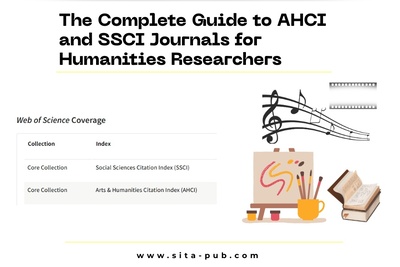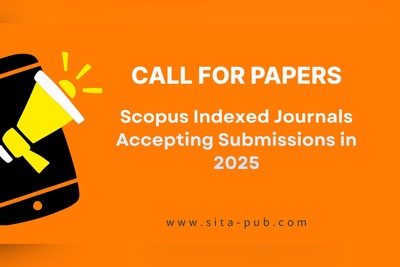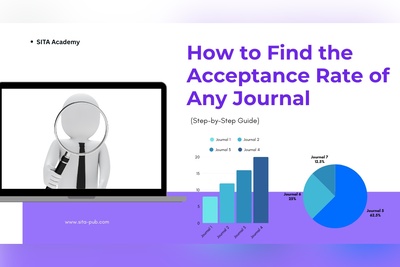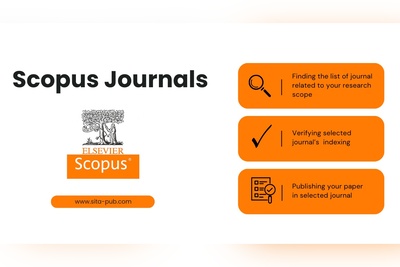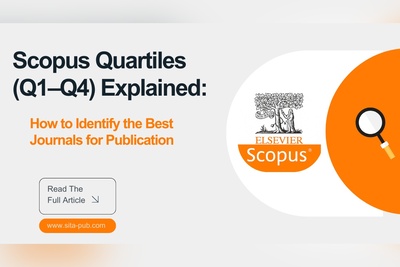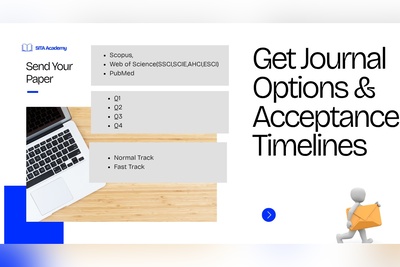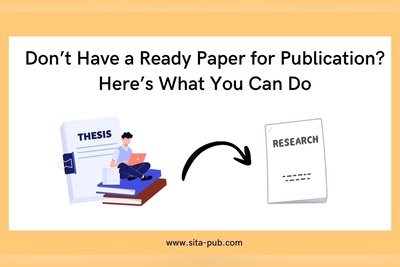How to Find Q3 Journals in Your Field (All Disciplines)
Researchers all around the world are looking to find reputable Scopus Q3 journals in their field. Discover how to identify these journals, why publishing in Q3 journals is valuable, and what to expect regarding fees, acceptance rates, and publication timelines.
- Why Publishing in Scopus Q3 Journals Is Highly Valued
- Which Fields Do Scopus Q3 Journals Publish?
- How to Find Q3 Journals in Your Field (All Disciplines) — Step by Step Guide
- How to Publish in a Scopus Q3 Selected Journal
- Fees and Publication Timelines for Scopus Q3 Journals
- Common Misconceptions About Q3 Journals
- Differences Between Q1, Q2, Q3, and Q4 Journals

Among the many journal ranking systems, Scopus stands out as one of the most comprehensive and widely recognized. Its journal rankings, divided into quartiles (Q1 to Q4), help researchers identify journals based on their impact and quality. In this article, we will focus on Q3 journals, explaining why publishing in them is highly valued, which disciplines they cover, how to find them in your field, and what to expect in terms of fees and publication timelines.
Why Publishing in Scopus Q3 Journals Is Highly Valued
At first glance, many researchers may aim directly for Q1 journals—the top 25% of journals in a subject area. However, Q3 journals hold significant value for various reasons:

Balanced Quality and Accessibility: Q3 journals maintain solid academic standards and rigorous peer review processes, ensuring the quality and credibility of published research. While not as competitive as Q1 or Q2 journals, they still offer visibility and respect in the academic community.
Opportunities for Early-Career Researchers: For new researchers or those submitting novel or interdisciplinary work, Q3 journals can provide a more achievable entry point to establish a publication record.
Broader Acceptance Rates: Compared to Q1 and Q2, Q3 journals tend to have higher acceptance rates, making it easier for worthy research to be published without compromising quality.
Contribution to Research Impact: Publications in Q3 journals contribute to academic progress and are often recognized in grant applications, academic promotions, and institutional assessments.
Global Reach: Many Q3 journals have international readership, ensuring your work reaches the right audience.
In summary, Q3 journals offer a practical and respectable avenue for publishing research that can positively impact your academic journey.
Which Fields Do Scopus Q3 Journals Publish?
Scopus covers an extensive range of disciplines, and Q3 journals exist across all of these areas. Whether your field is natural sciences, social sciences, engineering, medicine, arts, or humanities, there are Q3 journals relevant to your research.
Some examples include:
Sciences: Biology, Chemistry, Physics, Environmental Science
Engineering & Technology: Electrical, Mechanical, Civil, Computer Science
Social Sciences: Psychology, Sociology, Economics, Political Science
Medicine & Health Sciences: Public Health, Nursing, Clinical Research
Humanities: Literature, History, Philosophy
This diversity ensures that no matter what your research area is, you can find a suitable Q3 journal to publish in. These journals cater to specific audiences and research topics, helping you target your paper effectively.
How to Find Q3 Journals in Your Field (All Disciplines) — Step by Step Guide
Finding the right Q3 journal involves careful research and verification. Follow these steps to identify the most suitable journals for your work:
Access the Scopus Source List
Start with the Scopus Source List, available on the official Scopus website or via tools like SCImago Journal & Country Rank (SJR). These platforms provide detailed data on journals indexed by Scopus, including their quartile rankings.
Filter by Subject Area
Use filters to narrow down journals based on your discipline or research field. For example, if you work in environmental science, select the relevant category to get a list of journals specific to that field.
Sort or Filter by Quartile
Focus on the Q3 quartile by filtering or sorting journals based on their quartile ranking. This step ensures you only view journals ranked in the third quartile within your discipline.
Review Journal Metrics and Scope
Look closely at each journal’s impact metrics, such as CiteScore, SJR, and SNIP. Also, read the journal’s scope and aims to confirm that your research fits their thematic focus.
Verify Publication and Review Policies
Check the journal’s official website for information on the submission process, peer review method (single-blind, double-blind, or open), publication timelines, and any fees involved.
Evaluate Publisher Reputation
Consider the publisher’s reputation, indexing status, and whether the journal adheres to ethical publishing standards. Avoid predatory journals that might misuse the Scopus indexing label.
How to Publish in a Scopus Q3 Selected Journal

Publishing in a Q3 journal follows similar steps to other reputable journals but with some specific considerations:
Manuscript Preparation: Tailor your manuscript to the journal’s author guidelines. Follow formatting, referencing style, and word count requirements carefully.
Originality and Relevance: Ensure your paper presents original research or a novel perspective and aligns closely with the journal’s thematic scope.
Submission Process: Submit your manuscript through the journal’s official online portal. Include all necessary documents, such as cover letters, ethical approval statements, and supplementary materials.
Peer Review: Be prepared for constructive feedback. Respond thoroughly and professionally to reviewers’ comments. This step is critical for acceptance.
Proofreading and Publication: Once accepted, review the proofs carefully before final publication. Some journals may offer early online publication, enhancing your work’s visibility.
Fees and Publication Timelines for Scopus Q3 Journals

Understanding fees and timelines helps set realistic expectations:
Fees
Article Processing Charges (APCs): Some Q3 journals, especially open-access ones, charge APCs ranging from a few hundred to a couple of thousand dollars. Others, particularly subscription-based journals, may not charge fees or only charge page or color figure fees.
Waivers and Discounts: Many journals offer fee waivers or discounts to authors from developing countries or institutions with limited funding.
Timelines
Submission to First Decision: Typically ranges from 4 to 12 weeks depending on the journal and field.
Acceptance to Publication: Once accepted, final publication can take anywhere from a few weeks to several months.
Factors Affecting Timelines: Reviewer availability, editorial processing speed, and revisions requested can all influence total publication time.
Before submitting, always check the journal’s website or contact the editorial office to clarify fees and expected timelines.
Common Misconceptions About Q3 Journals
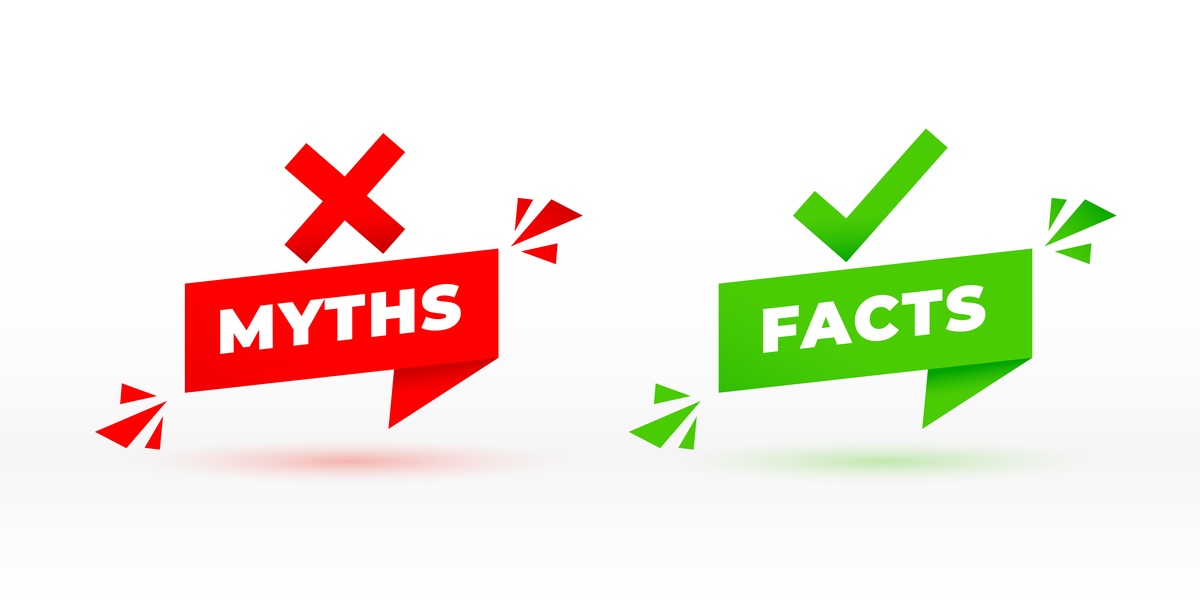
There are several misconceptions about Q3 journals that can discourage researchers from considering them as a viable publication option. Let’s clear up some of these myths:
Myth 1: Q3 Journals Are Low Quality
Many believe that journals ranked in the third quartile lack credibility or rigorous peer review. In reality, Q3 journals maintain solid academic standards. They undergo peer review, have clear editorial policies, and contribute valuable research to their fields. The difference between Q1, Q2, and Q3 often lies in impact metrics rather than the quality of the review process.
Myth 2: Only Q1 Journals Matter for Career Advancement
While publishing in Q1 journals is prestigious, Q3 journals are also recognized by academic institutions, funding bodies, and employers, especially in disciplines where fewer journals reach Q1. For early-career researchers, Q3 publications can demonstrate research productivity and help build a strong publication record.
=Myth 3: Q3 Journals Have Low Visibility
Many Q3 journals are indexed in major databases like Scopus and Web of Science, ensuring that articles are discoverable by the global research community. Visibility also depends on the journal’s audience and distribution, not just quartile ranking.
Myth 4: Publishing in Q3 Journals Is a Last Resort
Some assume Q3 journals are for papers rejected by higher-tier journals. However, many researchers intentionally choose Q3 journals for faster publication times, lower fees, or better alignment with their research niche.
Understanding these facts helps researchers make informed decisions about where to publish and avoid dismissing worthwhile opportunities.
Differences Between Q1, Q2, Q3, and Q4 Journals
Understanding how Q1 to Q4 journals differ in acceptance rates, fees, and publication timelines is crucial when selecting the right journal for your work.
Quartile | Acceptance Rate | Typical Fees (APCs) | Publication Timeline |
Q1 | Low (10-25%) | High ($1500 - $4000+) | Longer (4-12+ months) |
Q2 | Moderate (25-40%) | Moderate ($800 - $2000) | Moderate (3-9 months) |
Q3 | Higher (40-60%) | Lower to moderate ($0 - $1500) | Faster (2-6 months) |
Q4 | Highest (60%+) | Usually low or no fees | Fastest (1-4 months) |
Acceptance Rates:
Q1 journals are highly selective due to their prestige and high impact.
Q3 journals have higher acceptance rates, providing more opportunities for researchers without compromising peer review rigor.
Fees:
Article Processing Charges (APCs) tend to be higher in Q1 journals due to their visibility and impact.
Q3 journals usually have lower or no fees, making them attractive for researchers with limited funding.
Publication Timelines:
High-tier journals often have longer review processes, reflecting thorough peer review and editorial scrutiny.
Q3 journals generally offer quicker turnaround times, which can be advantageous for timely dissemination of research.
By considering these factors, researchers can better match their publication goals with the appropriate quartile level, balancing quality, cost, and timing.
Conclusion
Publishing in Scopus Q3 journals offers a strategic balance of quality, visibility, and accessibility for researchers across all disciplines. By carefully identifying the right journals using Scopus tools and following best practices for submission, you can enhance your academic profile while contributing valuable research to your field.
Remember, every publication is a step forward in your career — choosing the right Q3 journal can make that journey smoother and more successful.
Expert Journal Selection & Publication Support for Scopus Q3 Journals at SITA Academy
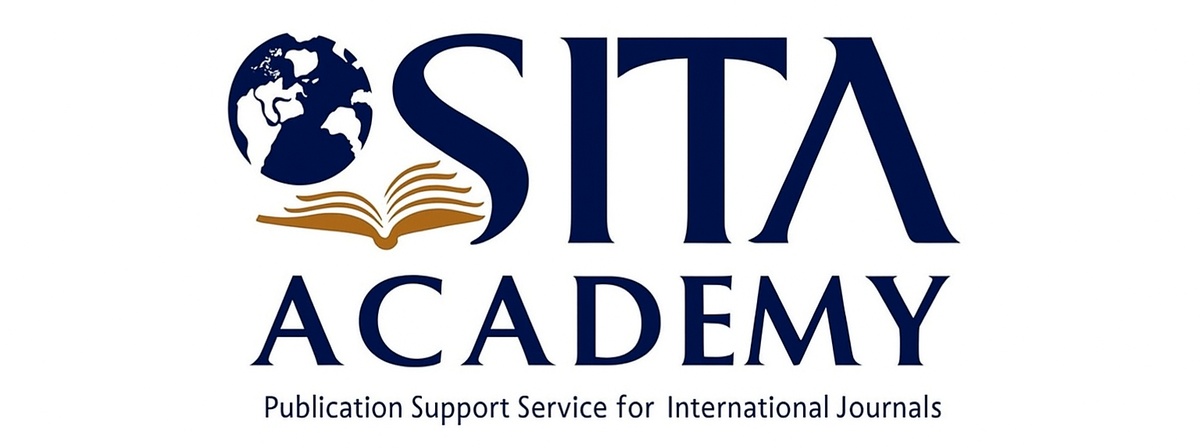
Choosing the right journal is a crucial step in the publication process that can make all the difference for your research’s visibility and impact. At SITA Academy, we understand how important this decision is, and our experienced team is here to guide you every step of the way.
Send us your paper for a thorough analysis, and we will provide you with a tailored list of reputable Scopus Q3 journals that best fit your work.
Verified Contact Channels
If you have any questions, inquiries, or would like to learn more about our services, please don't hesitate to reach out to us. Our dedicated team is ready to assist you.





